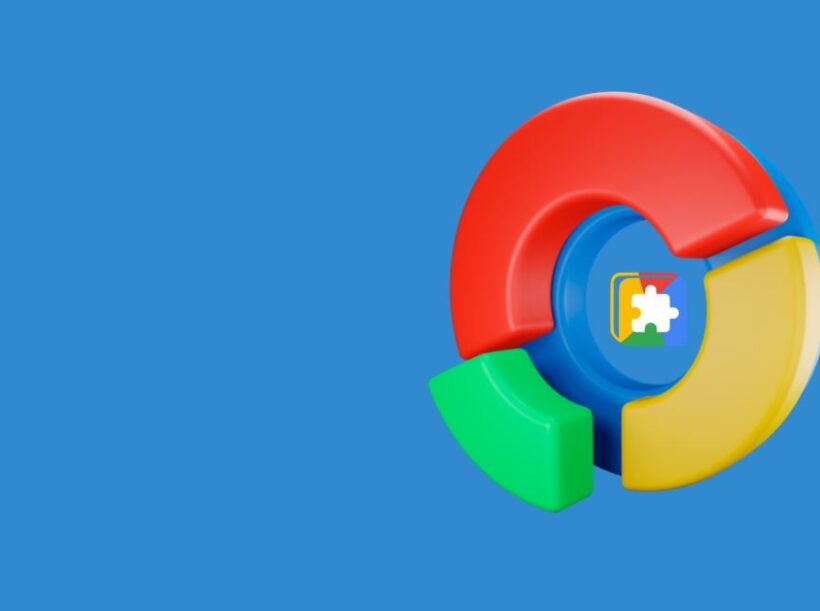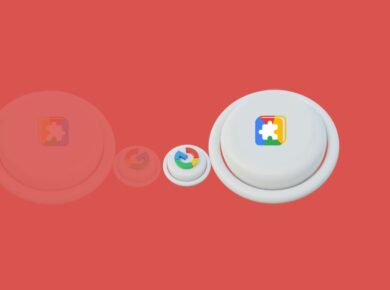The address bar, also known as the URL bar or location bar, is a fundamental component of a web browser. It is typically located at the top of the browser window and serves as the user’s gateway to navigating the web. Users input website addresses, known as URLs (Uniform Resource Locators), into the address bar to visit specific web pages.
The address bar plays a crucial role in web browsing as it allows users to directly input the web address they wish to visit, eliminating the need to search for websites or rely solely on search engines. It provides a direct and efficient way to navigate to desired online destinations.
Address Bar Functionality and Features
The address bar not only displays the URL of the current web page but also offers a range of features that enhance the browsing experience:
- Auto-complete: As users start typing a URL, the address bar often provides auto-complete suggestions based on their browsing history or common websites.
- Search Integration: Many modern address bars double as search bars, allowing users to directly input search queries and receive search engine results without visiting a separate search engine page.
- Security Indicators: The address bar typically displays visual cues about the security of the current website, such as a padlock icon for secure HTTPS connections.
- URL Parsing: The address bar breaks down the URL into its components, displaying the domain name, path, and query parameters, providing users with insights into the structure of the web address.
Privacy Considerations
The address bar can also impact user privacy. As users input URLs, browsers may suggest or auto-complete addresses based on their browsing history. While convenient, this feature can potentially expose sensitive information to others using the same device.
Additionally, the address bar may display suggestions or sponsored content based on the user’s browsing habits, raising privacy concerns about data collection and profiling. Users can often customize these settings to balance convenience and privacy.
Address Bar Customization
Modern browsers offer users the ability to customize the address bar to suit their preferences:
Search Engine Selection: Users can choose their preferred search engine, which then powers the search functionality integrated into the address bar.
Appearance Customization: Some browsers allow users to change the appearance of the address bar, including its color, shape, and size, to match their aesthetic preferences or browser theme.
Extension Integration: Browser extensions can enhance the address bar’s functionality, offering features like quick access to specific websites, advanced search capabilities, or additional security information.
The address bar is a fundamental element of the web browsing experience, providing users with a direct gateway to their desired online destinations. It offers functionality beyond simple URL input, including search integration, security indicators, and URL parsing.
With its auto-complete suggestions and search capabilities, the address bar streamlines the process of navigating the web. However, users should also be aware of the privacy implications and customization options available to ensure their browsing experience aligns with their preferences and privacy needs.




